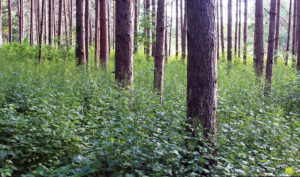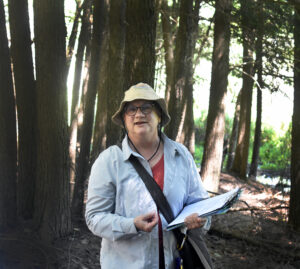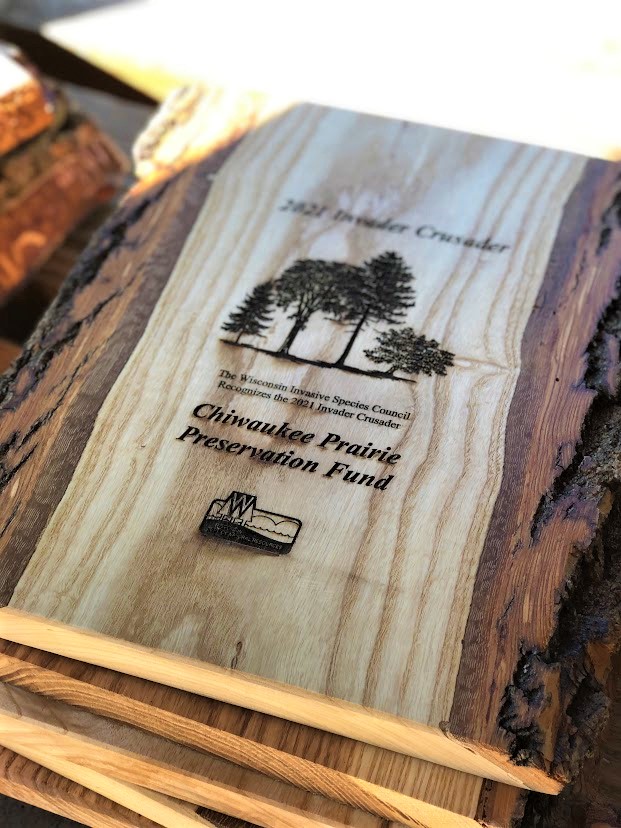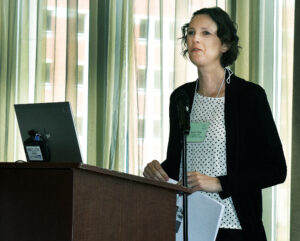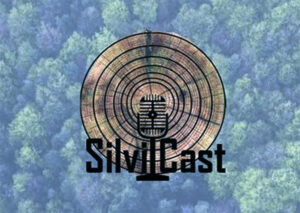
The logo for the Silvicast, a podcast hosted by Wisconsin DNR silviculturists Greg Edge and Brad Hutnik and produced by the University of Wisconsin-Stevens Point’s Wisconsin Forestry Center. / Graphic Credit: UW-Stevens Point
By Art Kabelowsky, Wisconsin DNR Outreach and Communications
Arthur.Kabelowsky@wisconsin.gov or 608-335-0167
They talked about pulling it, smothering it, using herbicide on it, making turkey calls and making curtain rods from it.
They even wondered if they should just “kill it with fire.”
But it seems Midwestern foresters’ never-ending battle against buckthorn requires a brainier approach.

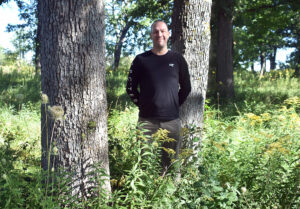


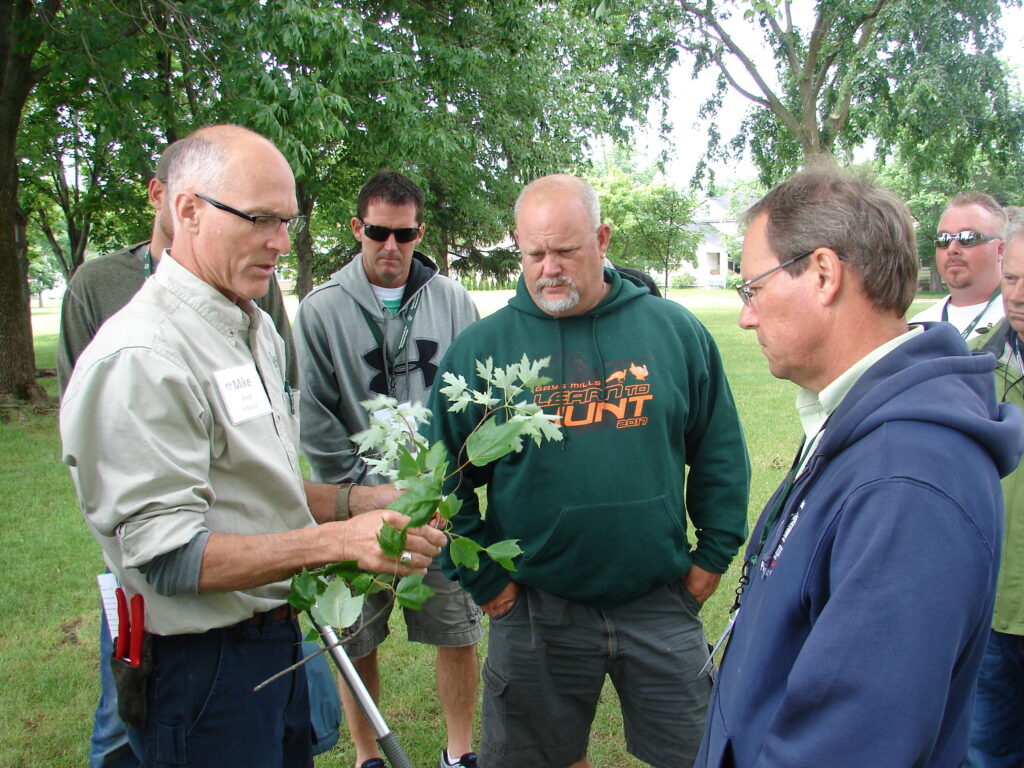 *These training opportunities are provided as an information service only and do not constitute an endorsement from the Wisconsin Department of Natural Resources (DNR).
*These training opportunities are provided as an information service only and do not constitute an endorsement from the Wisconsin Department of Natural Resources (DNR).